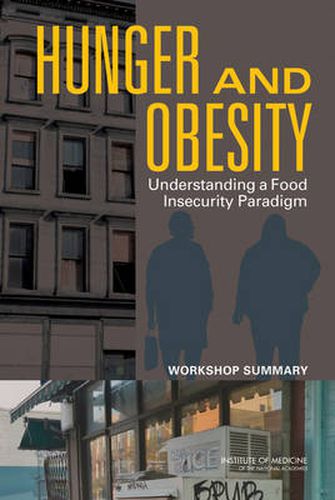Readings Newsletter
Become a Readings Member to make your shopping experience even easier.
Sign in or sign up for free!
You’re not far away from qualifying for FREE standard shipping within Australia
You’ve qualified for FREE standard shipping within Australia
The cart is loading…






At some point during 2009, more than 17 million households in the United States had difficulty providing enough food for all their members because of a lack of resources. In more than one-third of these households, the food intake of some household members was reduced and normal eating patterns were disrupted due to limited resources. The Workshop on Understanding the Relationship Between Food Insecurity and Obesity was held to explore the biological, economic, psychosocial, and other factors that may influence the relationship between food insecurity, overweight, and obesity in the United States. This report examines current concepts and research findings in the field. It identifies information gaps, proposes alternative approaches to analyzing data, recommends new data that should be collected, and addresses the limitations of the available research.
$9.00 standard shipping within Australia
FREE standard shipping within Australia for orders over $100.00
Express & International shipping calculated at checkout
At some point during 2009, more than 17 million households in the United States had difficulty providing enough food for all their members because of a lack of resources. In more than one-third of these households, the food intake of some household members was reduced and normal eating patterns were disrupted due to limited resources. The Workshop on Understanding the Relationship Between Food Insecurity and Obesity was held to explore the biological, economic, psychosocial, and other factors that may influence the relationship between food insecurity, overweight, and obesity in the United States. This report examines current concepts and research findings in the field. It identifies information gaps, proposes alternative approaches to analyzing data, recommends new data that should be collected, and addresses the limitations of the available research.